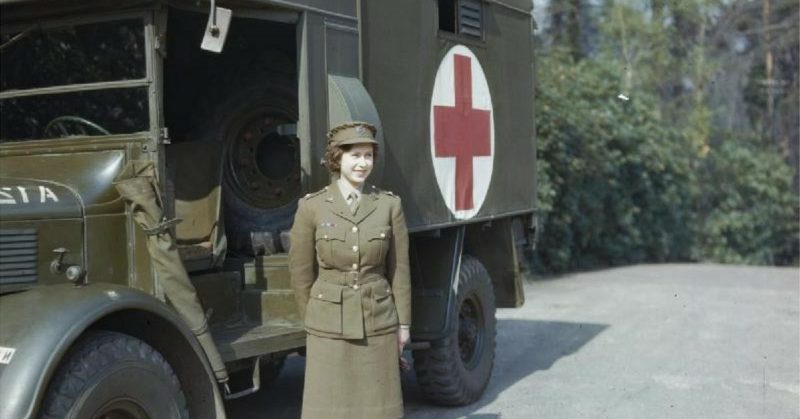On Thursday, April 21st, 2016, Britain celebrated the 90th birthday of Her Majesty Queen Elizabeth the Second. The Queen remains both the oldest and the longest reigning monarch in British History. She has been head of state in Britain and the commonwealth countries since her father’s death caused her to be crowned Queen in 1952.
When Britain entered the Second World War in September 1939, Elizabeth was only fourteen years old. The long-serving British Conservative politician, Douglass Hogg, the Viscount Hailsham, had recently retired from government, but still had the ear of those at the top of British society. He suggested to the Royal Family that the young Elizabeth and her sister Margaret should be evacuated to Canada, but the princess’ mother replied in no uncertain terms.
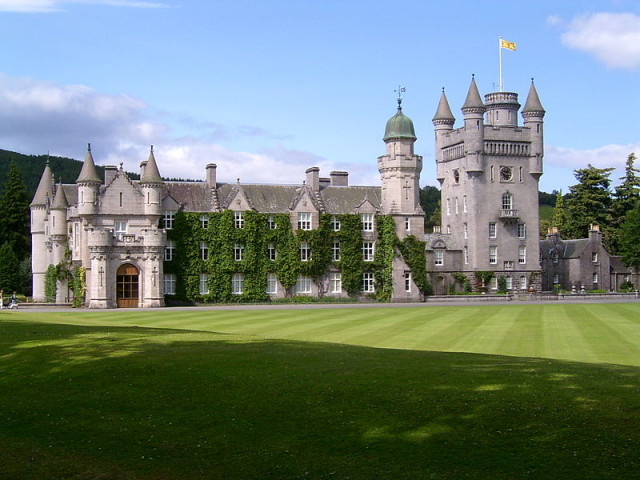
“The children won’t go without me,” she said, “I won’t leave without the King, and the King will never leave.”
It was settled. The British Royal family would stay in their country.
They moved from place to place during the early stages of the war. Those first few dark winter months were spent at the sprawling and ancient Balmoral estate in the Scottish Highlands. Balmoral has always been a place of sanctuary for the royal family, and the young sisters stayed there until Christmas of 1939. As British troops were mobilised and rationing and blackouts began, the Royal family moved to Sandringham House in Norfolk, and then back south to Windsor.
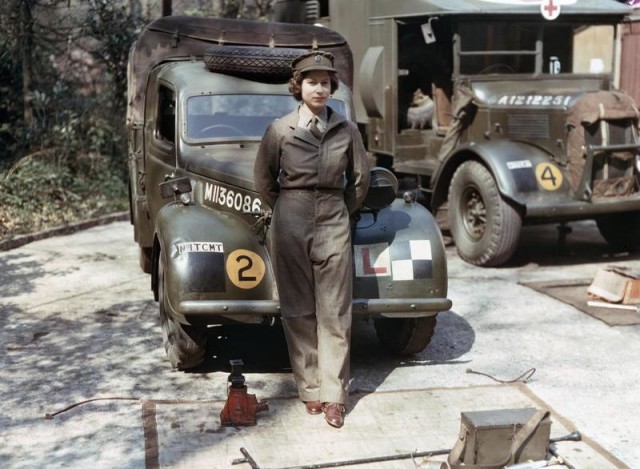
As fighting intensified in Europe the Princess and her sister were moved back into Windsor Castle, where they stayed for the rest of the duration of war. Still at the young age of fourteen, the Princess Elizabeth made her first public radio broadcast, on the long-running BBC radio programme Children’s Hour. She spoke with feeling directly to the many children and young people who had been separated from their families during the evacuations which had begun in September 1939.
She appealed to their courage and to their determination, telling them to stay strong and to stay hopeful. She expressed a belief that, eventually, peace would come again.
“When peace comes,” she said, “remember, it will be for us, the children of today, to make the world of tomorrow a better and happier place.”
The full Broadcast from 1940
Windsor Castle in 1940 was a fortress. It was gloomy, and the oppression of war lay heavily on the whole country. In an effort to cheer themselves and the other residents at the Castle, the Princesses Elizabeth and Margaret put on a pantomime. They raised money for the Queen’s wool fund, which bought wool to be made into military clothing, and the production of the pantomime was so enjoyable that they put on another show next year, and every year for the rest of the war!
In 1942, Princess Elizabeth’s much-loved young uncle, Prince George, Duke of Kent, set off alone on a mission about which little is known. He was a member of the Royal Air Force, and his plane crashed into a hillside in Caithness in Scotland, with a briefcase full of 100 Krona banknotes handcuffed to one wrist.
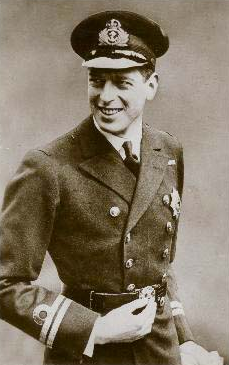
This marked the first time in 500 years that a member of the British Royal Family had been killed in active service to the military, and the loss of her uncle brought the pain that many were feeling to the heart of the British Royal family. They were now just one of the many, many families who mourned the death of loved ones in service to the war effort.
The next year, 1943, the Princess Elizabeth turned sixteen. On a cold day in ’43, she made her first public appearance, inspecting a troop of Grenadier Guards. This Regiment had seen a great deal of action already in the war, and would go on to see more.
The Princesses Elizabeth and Margaret, along with their mother, made a great impact on the Guardsmen. The Princess, too, was greatly impressed by the soldiers, and the day remained in her memory for a long time after.
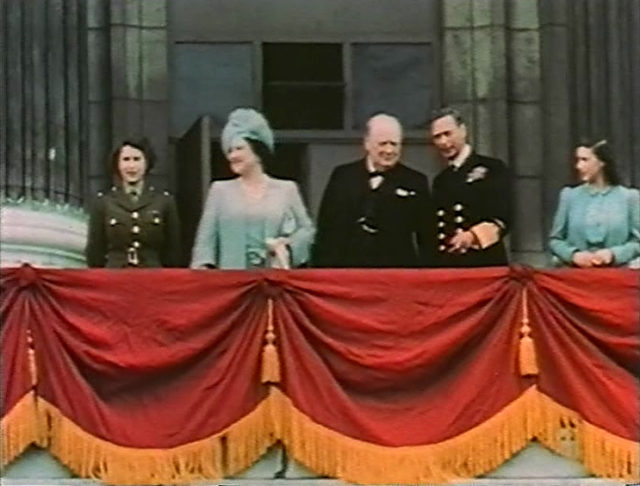
It was as she approached her eighteenth birthday that she enrolled in the Women’s Auxiliary Territorial Service. The ATS, as it was known, was the women’s branch of the British army, and ATS women saw service in France and at home, working in many supporting roles, though never in front-line combat. Some worked as radio operators, and teams of ATS women crewed anti-aircraft guns and spotlights, among many other roles.
Princess Elizabeth trained as a mechanic and a truck driver, learning to work on the engines of many different kinds of motor vehicles. She developed a love of driving which has remained an important part of her life.
To this day, Her Majesty often enjoys driving herself. In 2003, she caused a stir by getting behind the wheel of her land-rover, much to the consternation of her passenger, the late King of Saudi Arabia.
She drove at speed around the estates at Balmoral, causing the King some distress. Saudi Arabia, of course, is unique in being the only state in the world where women are prohibited by law from driving. The Saudi king was the oldest living monarch in the world at the time, but Elizabeth took that title when he died.
During her time training and working with the Women’s Auxiliaries she was often to be seen in the uniform of the service. She took her duties seriously, and though her presence was liable to cause excitement she remained humble and hard working during her time in the ATS.
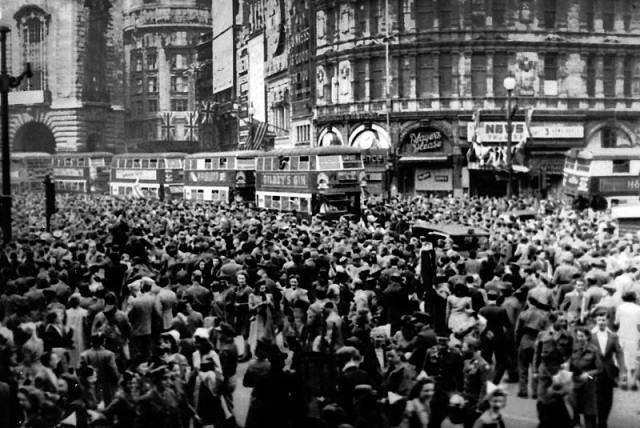
When the war was finally concluded, and the victory which she had predicted in that early radio broadcast had at last come to pass, the Princess Elizabeth and her sister Margaret asked their parents for permission to go out and see the crowds. It was the 8th of May, 1945, and the victory was being celebrated by jubilant crowds in the capital. The parents granted their permission, and the Princesses ventured out into the cheering throngs of people.
It is a poignant image. The young woman who would, in less than a decade, be crowned Queen of England, walked anonymously through the streets of central London. Two sisters, just another two young people who had come through one of the most turbulent times of the century. They walked together, arm in arm, along Whitehall, swept along by the crowd.
